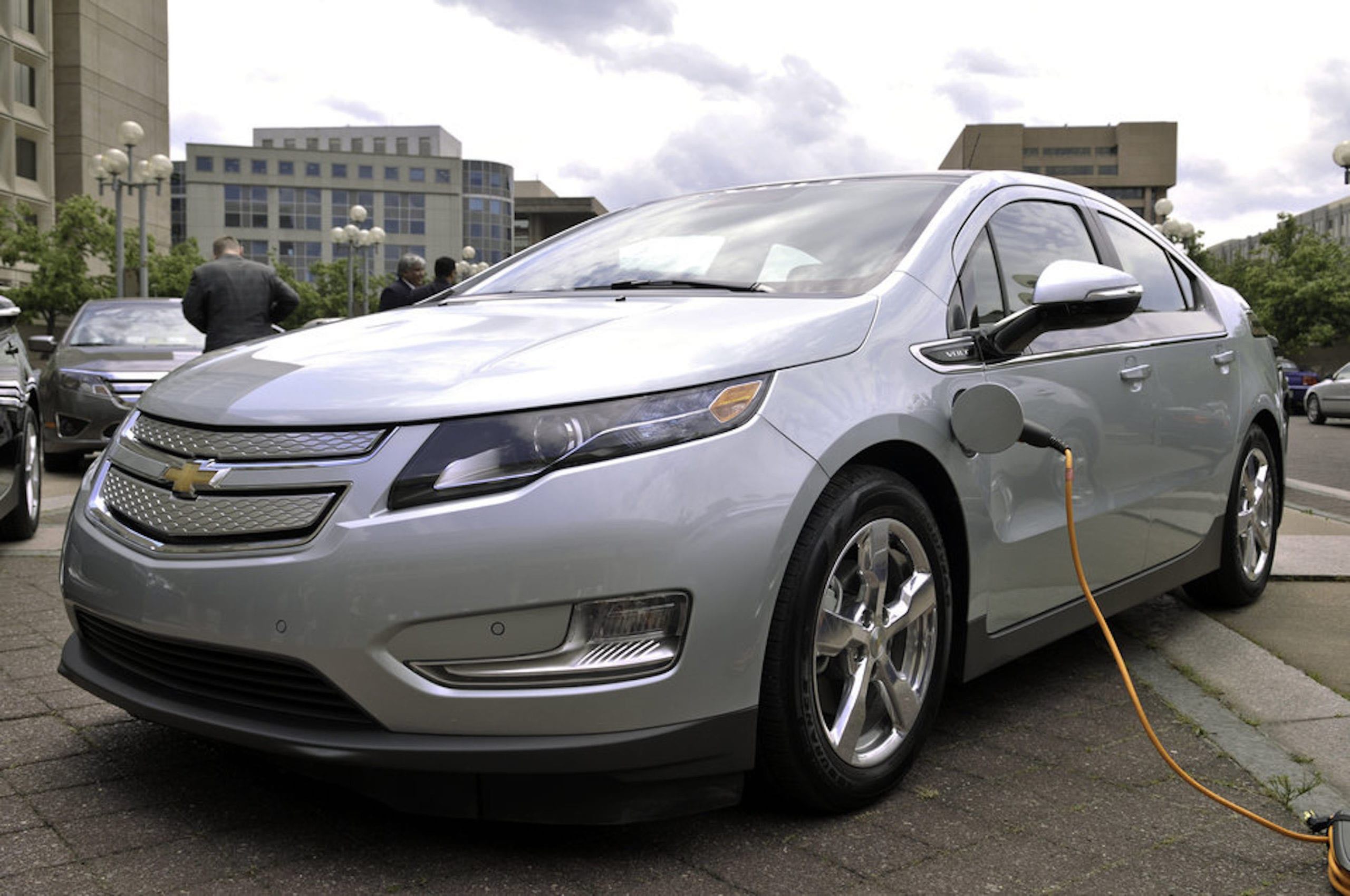In his article on Creation Care in the March issue of Anglican Life, The Rev’d Mark Nichols posed some hard questions to us all: how can we reduce our vehicle emissions to help our world be okay for future generations (or as we say in our baptismal covenant, “to safeguard the integrity of God’s creation”)?
From his article:
Almost half of GHG emissions from the transportation sector (49%) come from passenger vehicles—the cars, pickups, vans, and SUVs that we drive. While emissions from passenger cars declined by 14% between 1990 and 2016, emissions from pickups, vans and SUVs have more than doubled over that same period.
Rev’d Mark spoke to a local couple who made the move to an electric car:
In June of 2017 they purchased a 2013 Chevy Volt, a plug-in hybrid electric vehicle. On a full charge the battery has a range of 50-60 kilometres (40 kilometres in cold weather). It takes eight hours to fully charge the battery, which they do by plugging their car with an extension cord at the end of the day. In the first twelve months they owned the vehicle they travelled 17,000 kilometres, and spent a total of $300 on gas and $356 in additional electricity costs—an average of $55 per month. Let that sink in for a moment. Not only have they intentionally chosen a vehicle that honours their baptismal vow to “safeguard the integrity of God’s creation,”their fuel costs are a mere $55 a month!
We can choose other transportation alternatives such as walking, cycling or (gasp!) public transit. Christians should be leading the way in caring for our planet. Yet, almost two decades after the “What Would Jesus Drive?” campaign was launched, by and large, Christians still haven’t connected their transportation choices with their faith.
Check out the full article in the March issue of Anglican Life!

Pictured above is a Chevy Volt, an electric hybrid car (shown here plugged in). This car
operates as a pure battery vehicle with a gas powered internal combistion engine to extend
the car’s range as needed.




